Teepee Garden Trellis: Using Teepee Structures In The Vegetable Garden
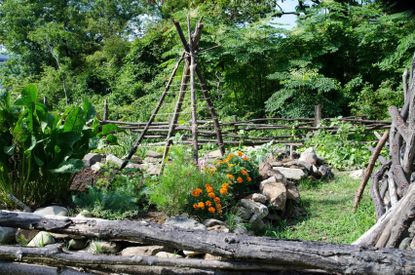
If you have ever grown any sort of vining plant, you know the importance of a sturdy structure for the vines to cling and clamber up. Using teepee structures in the vegetable garden is a simple, economical way to support these climbers.
Using Teepee Structures in the Vegetable Garden
Teepees in vegetable gardens are quite common for vine crops. A teepee garden trellis can be complex or as simple as a basic teepee of three poles lashed together. Since they are easy to move, using a teepee plant support is ideal for veggies like runner beans that may not be in the same spot next year. The structure is not only visually appealing and simple to make, but it puts veggies at a convenient height for harvest. Teepee garden trellises are ideal not only for beans, but for cucumbers, squash, tomatoes, peas, or chayote, as well as any number of ornamental flowering vines. This vertical structure is especially eye catching with a clematis vine draped dramatically across it.
How to Make a Teepee Trellis
A teepee plant support should be 6 to 8 feet (2 m.) tall (although, a short 4 foot (1 m.) will work for some plants) and can be constructed out of branch cuttings from your own yard for the most elemental and economical trellis. Depending upon the type of wood you use, the poles may only last a year or two or may last for six or seven years. Water loving trees that grow near ponds, swamps, or rivers tend to have great flexibility. Apple, elm, cedar, cypress, and oak branches will last several years while branches from scrubby trees such as mulberry, sycamore, or grapevines will likely rot within a year or two. Many people use bamboo to make their teepee plant support. You can either purchase bamboo poles or if you are lucky enough to have access to a stand, cut your own with a hacksaw. Remove any leaf shoots using pruning shears. Cut the bamboo in 8 foot (2 m.) lengths, creating anywhere from five to ten poles. Allow the poles to dry thoroughly and then they can be used as is or painted or stained. The selection of material for the teepee trellis should be based on its use. For example, if you are using it for annual veggies, material that won't last long works just fine. However, if you are intending to use it for perennial clematis, which will remain in place for many years, choose a material with longevity. Some people even use rebar for the supports of their teepee. A rustic, cool, and eco-friendly repurposing of old tools makes for a charming teepee trellis. Broken shovels and rakes take on a new life. Also, most old tools are made of long lasting, hard woods such as hickory; perfect for the aforementioned clematis. Whatever you decide to use for supports, the basic premise is the same. Take your three to ten supports and tie them together at the top, spacing the bottoms of the supports at ground level and pushing them in a good couple of inches (5 cm.). You can tie the poles with garden twine or something sturdier such as copper wire, again depending upon how permanent the structure will be and how heavy the vine is likely to get. You can cover the copper or iron wire with a rope of grapevines or willow to camouflage it.
Gardening tips, videos, info and more delivered right to your inbox!
Sign up for the Gardening Know How newsletter today and receive a free download of our DIY eBook "Bring Your Garden Indoors: 13 DIY Projects For Fall And Winter".

Amy Grant has been gardening for 30 years and writing for 15. A professional chef and caterer, Amy's area of expertise is culinary gardening.
-
 Elegant Exotics: 8 Beautiful Amaryllis Varieties That Will Brighten Any Holiday Display
Elegant Exotics: 8 Beautiful Amaryllis Varieties That Will Brighten Any Holiday DisplayWhether red, pink, white or variegated, the right amaryllis varieties can enhance any living space, especially during the holidays. We round up eight of the most exquisite
By Bonnie L. Grant
-
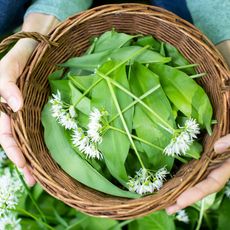 Forage For Herbs: 7 Tasty And Safe Wild Herbs To Pick Close To Your Own Backyard
Forage For Herbs: 7 Tasty And Safe Wild Herbs To Pick Close To Your Own BackyardIn addition to growing your own herbal staples, did you know there are several wild options out there that are safe and tasty – and free? Try foraging these 7 wild herbs
By Amy Grant
-
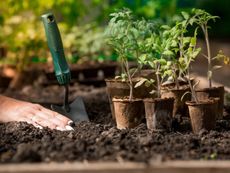 How Many Vegetables To Plant Per Person For A Year
How Many Vegetables To Plant Per Person For A YearGauging how much to plant in a vegetable garden can eliminate waste while still producing enough for your family. Click for more.
By Bonnie L. Grant
-
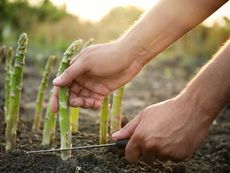 13 Perennial Fruits And Vegetables You Only Have To Plant Once
13 Perennial Fruits And Vegetables You Only Have To Plant OnceLooking to set it and forget it? Find out which fruits and vegetables can be grown as perennials.
By Laura Miller
-
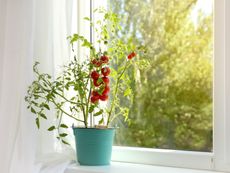 11 Edible Plants For A Year-Round Garden In A Bucket
11 Edible Plants For A Year-Round Garden In A BucketWant to know how to grow food inside your house and which foods do best indoors? Click here to learn all about it.
By Bonnie L. Grant
-
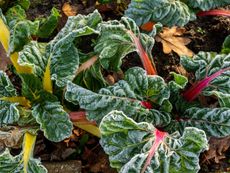 Frost Tolerance Of Vegetables From Least To Most Hardy
Frost Tolerance Of Vegetables From Least To Most HardyHow cold can vegetables tolerate? Knowing which veggies will survive frosts and freezes is essential for the success of your garden. Click here for more.
By Laura Miller
-
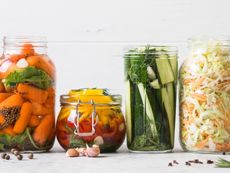 Best Vegetables To Pickle Straight From The Garden
Best Vegetables To Pickle Straight From The GardenPickles aren’t limited to just cucumbers. Read on for tips on pickling your fresh veggies.
By Amy Grant
-
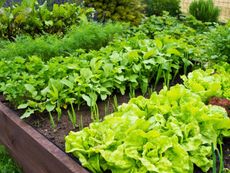 Benefits Of Planting In Fall Vs. Spring Vegetable Plots
Benefits Of Planting In Fall Vs. Spring Vegetable PlotsLearn why some vegetables do better if you plant them in fall instead of spring.
By Laura Miller
-
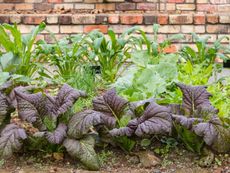 Interplanting Vegetables In The Fall Garden
Interplanting Vegetables In The Fall GardenLearn all about the benefits of interplanting vegetables for your fall garden.
By Laura Miller
-
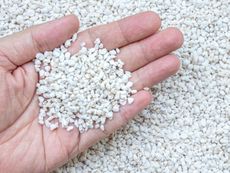 Best Vegetables For Growing In Perlite
Best Vegetables For Growing In PerlitePerlite is a natural growing medium that comes from super-heated volcanic glass. In some cases, it works better than soil. Read on for more info.
By Laura Miller